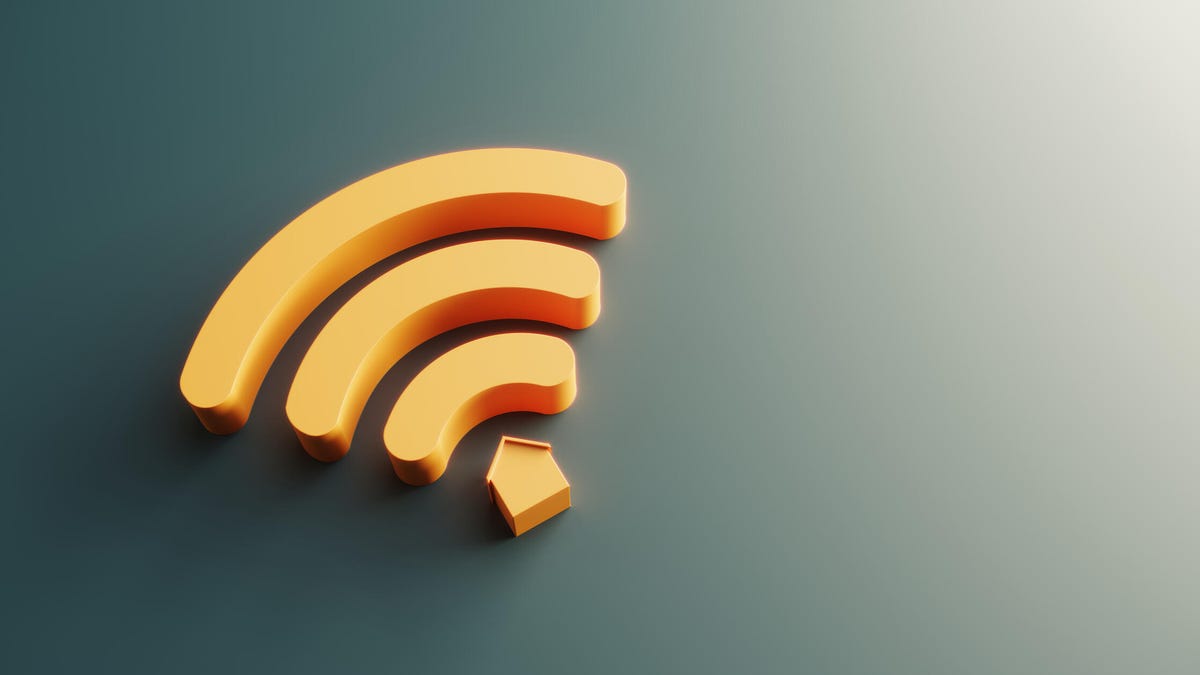What is Wi-Fi 7? What the New Wireless Standard Means for You
The next generation of wireless internet is here, but that doesn’t mean you need to replace your Wi-Fi 6 router just yet.

It’s official: The Wi-Fi 7 era is now upon us.
The Wi-Fi Alliance, a network of over 900 companies that develops and certifies Wi-Fi technology, has officially launched its “Wi-Fi 7 Certified” program. That means devices like phones, laptops, and routers are now eligible for its latest stamp of approval.
The new generation of wireless technology promises even faster speeds, lower latency and a greater ability to handle more connected devices at once. The Wi-Fi 7 certification has been anticipated since as early as 2019, when Wi-Fi 6 was still brand new. You’ll need both a Wi-Fi 7 router and a Wi-Fi 7 device to take advantage of those benefits, and some Wi-Fi 7 routers are already available. Like previous standards, Wi-Fi 7 is backward compatible, so a Wi-Fi 7 router will still work with a Wi-Fi 6 device, and vice versa.
Locating local internet providers
Maureen Gallagher, Vice President of Marketing at Wi-Fi Alliance, told CNET that she expects Wi-Fi 7 to have a major impact on things like AR/VR/XR, autonomous driving and network congestion. "Wi-Fi 7 helps users overcome congestion and interference in large or crowded venues -- like conferences or stadiums -- bringing improved user experiences in areas with densely packed devices or neighboring networks that overlap," she said.
While routers from Asus, Eero, Neatgear and TP-Link have been using the Wi-Fi 7 label for months, this is the first time they’ll get the official Wi-Fi logo if they pass the Wi-Fi Alliance’s certification tests.
Locating local internet providers
What is Wi-Fi 7?
Wi-Fi 7 refers to the seventh generation of wireless technology, coming on the heels of Wi-Fi 6 (launched in 2019) and Wi-Fi 6E (2020). It's a collection of technology standards created by the Institute of Electrical and Electronic Engineers; the official IEEE standard for Wi-Fi 7 is 802.11be, and the Wi-Fi Alliance has already started giving new routers, phones and laptops the Wi-Fi 7 seal of approval.
In order to take advantage of Wi-Fi 7 features, both your router and the device it’s connecting to will require Wi-Fi 7 hardware. (You can find out if a device is certified Wi-Fi 7 on the alliance’s product finder.)
How does Wi-Fi 7 work?
Wi-Fi 7 still uses the same three bands as Wi-Fi 6E: 2.4GHz, 5GHz and 6GHz. So why is Wi-Fi 7 such an improvement? It comes down to wider channels. Wi-Fi 7 doubles the channel size of the 6-GHz band, going from 160MHz to 320MHz. Think of it like a highway going from two to four lanes -- the amount of data that can be transmitted at once will be drastically increased. A typical Wi-Fi 7 laptop could reach a “potential maximum” of 5.8Gbps -- 2.4 times faster than the 2.4Gbps possible with Wi-Fi 6/6E, according to Intel, one of the companies producing Wi-Fi 7 certified chipsets.
The other significant step forward for Wi-Fi 7 is Multi-Link Operation (MLO). While Wi-Fi 6 and 6E provided access to multiple bands, devices could only connect to one band at a time. MLO allows Wi-Fi 7 devices to simultaneously connect on two bands. That results in faster speeds, but it also means improved reliability and ultra-low latency. Let’s go back to the highway analogy. On older versions of Wi-Fi, cars could only travel on one lane at a time, moving to a different lane if there’s a traffic jam. With MLO, cars will be able to travel across two highways at the same time, avoiding the slowdowns that come with traffic jams.
Do I need new equipment to use Wi-Fi 7?
You'll need two devices in order to take advantage of these benefits: a Wi-Fi 7 router and a Wi-Fi 7 device to connect to it. Since the certification process was only recently kicked off, there aren't currently many Wi-Fi 7 devices available. Fortunately, Wi-Fi 7 is fully backward compatible, so you'll be able to use your older devices with a Wi-Fi 7 router, or a Wi-Fi 7 phone with a Wi-Fi 6 router -- you just won't reap the Wi-Fi 7 benefits.
When will Wi-Fi 7 be available?
There are dozens of Wi-Fi 7 routers already available, but they’re still relatively rare -- particularly with devices like phones, laptops and smart home gadgets. The Wi-Fi Alliance predicts that 233 million Wi-Fi 7 devices will enter the market in 2024, and grow to 2.1 billion devices by 2028.
That doesn’t mean you need to run out and replace your router immediately -- devices like phones, laptops and gaming systems with Wi-Fi 7 are still relatively rare. But that will likely start to change by the end of 2024. Companies like Broadcom, Intel, MediaTek and Qualcomm have begun producing Wi-Fi 7-certified chipsets, which the Wi-Fi Alliance has used as a test bed for certification. There is typically about a year or two gap between the certification announcement and devices becoming widely available, so we could start to see a wave of Wi-Fi 7 phones, laptops and other devices by next year.

